As the Baby Boomer generation gracefully ages, the world they helped shape is gradually transforming. Born between 1946 and 1964, this influential group witnessed the rise of iconic trends, traditions, and habits that defined much of the 20th century.
However, with time, many of these cultural staples are fading, destined to be forgotten or replaced by new innovations and lifestyles.
From classic technologies to cherished social norms, let’s explore the things that might disappear forever when the Baby Boomers are gone—and the legacy they leave behind.
1. Landline Telephones
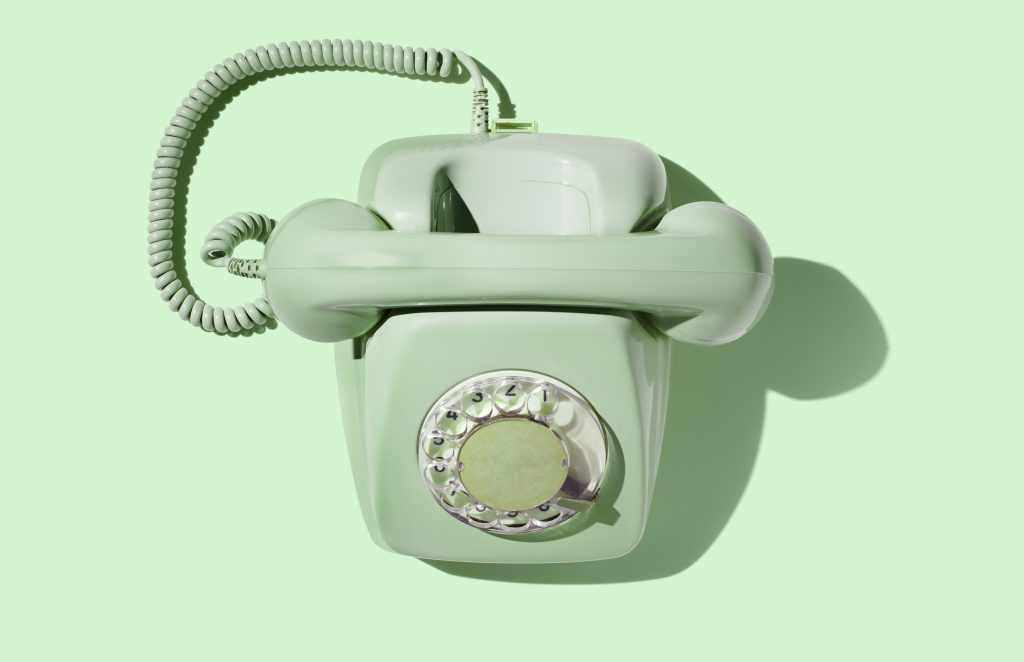
Landline telephones, once the centerpiece of household communication, are gradually becoming relics of the past. In an era dominated by mobile devices and digital communication platforms, the traditional telephone is losing its relevance. For many, the convenience and multifunctionality of smartphones far outweigh the nostalgic charm of a landline.
For Baby Boomers, the landline was a symbol of connection, a way to reach out to loved ones and conduct business. However, as more affordable and accessible technology emerges, the need for a stationary phone diminishes. Younger generations, who prefer texting and social media, view landlines as unnecessary.
While some may cling to the simplicity of dial tones and busy signals, the future seems firmly rooted in wireless connections. With technological advancements pushing society forward, the landline telephone is poised to join the ranks of once-ubiquitous devices that served their purpose but are no longer essential.
2. Yellow Pages
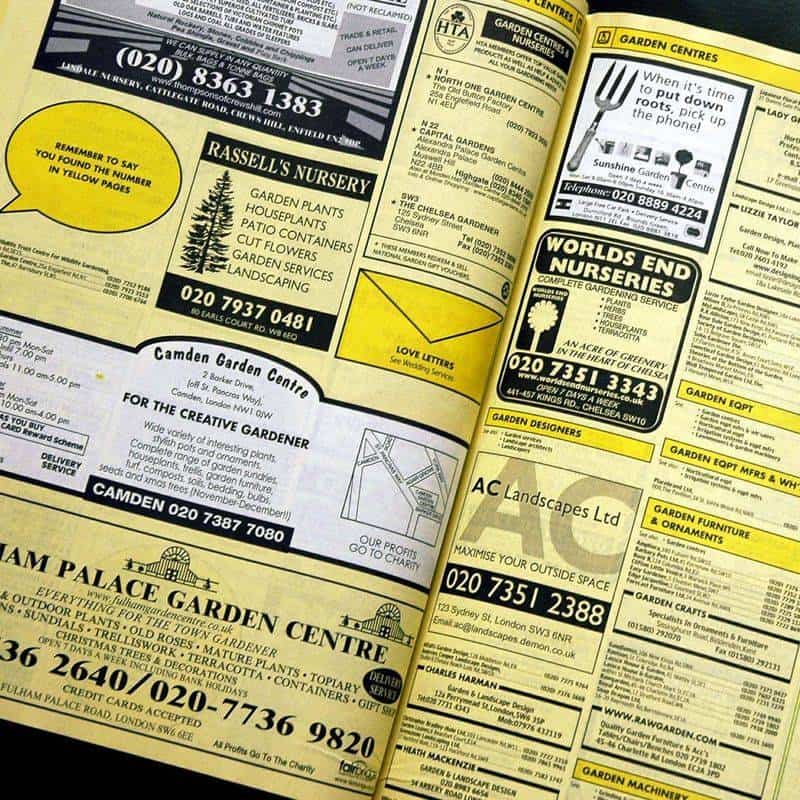
Yellow Pages, the hefty phonebooks delivering local business listings, are becoming a thing of the past. In a digital world where information is at our fingertips, the relevance of thick paper directories has waned significantly. Online search engines and apps provide more convenient and updated alternatives.
The Baby Boomer generation fondly remembers flipping through these pages to find services, from plumbers to pizza shops. However, the ease and efficiency of digital searches have revolutionized how we access information. No longer do people need to leaf through pages when a quick online query delivers results instantly.
As environmental consciousness grows, the decline of paper-based directories aligns with sustainable practices. The move towards digital not only saves trees but also reduces clutter. The Yellow Pages, once a household staple, are fading into history, paving the way for eco-friendly and efficient solutions.
3. VHS Tapes
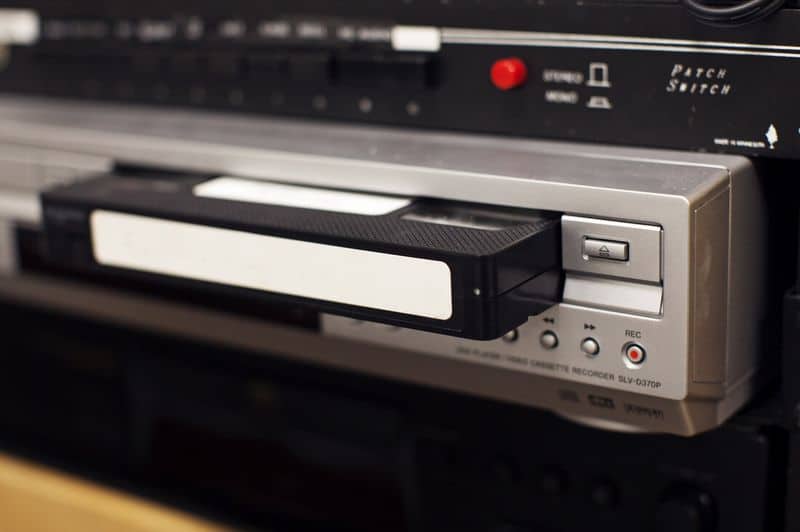
VHS tapes, those bulky black cassettes that dominated home entertainment for decades, are rapidly disappearing. As streaming services and digital downloads offer unmatched convenience, the need for physical media like VHS has diminished. The Baby Boomer generation reminisces about rewinding tapes and adjusting tracking, but these experiences are foreign to younger audiences.
Once a technological marvel, the VHS tape allowed families to record TV shows and watch movies at home. However, the digital revolution has transformed media consumption, rendering tapes obsolete. Not only do they require cumbersome players, but the quality also pales in comparison to digital formats.
While some collectors treasure these nostalgic items, the practical use of VHS tapes is diminishing. With the rise of cloud storage and on-demand viewing, the days of VHS are numbered, making way for modern, streamlined entertainment solutions.
4. Encyclopedias

Encyclopedias, once the cornerstone of home education, are now seeing their decline. With the rise of the internet and online databases, accessing information has never been easier or more efficient. The print volumes that Baby Boomers grew up with are increasingly being replaced by digital resources.
In the past, encyclopedias were a valuable investment, providing a wealth of knowledge at one’s fingertips. However, their static nature and the rapid pace of new discoveries mean that printed versions quickly become outdated. Online platforms can be continuously updated, offering real-time information and vast databases.
While some may still appreciate the tactile experience of leafing through a book, the shift towards digital is undeniable. Encyclopedias are now more of a collector’s item or a decorative piece than a primary source of information, making way for modern educational tools.
5. Paper Maps

Paper maps, once essential for navigation, are now largely obsolete thanks to GPS and digital mapping services. Baby Boomers fondly recall unfolding maps on road trips, but younger generations rely on devices that provide turn-by-turn directions and real-time traffic updates.
The convenience and accuracy of digital maps have transformed how we travel. With apps that offer satellite views, street-level imagery, and even suggestions for nearby points of interest, paper maps can’t compete. They also lack the ability to update quickly, leaving travelers with outdated information.
As technology continues to evolve, the need for paper maps diminishes. While some may still appreciate the tangible nature of a map, the practicality of digital solutions prevails. Paper maps, once a traveler’s best friend, are gradually becoming a nostalgic memory.
6. Analog Clocks

Analog clocks, with their ticking hands and classic faces, are increasingly being replaced by digital displays. For Baby Boomers, these clocks were once the standard in homes and workplaces. However, the precision and multifunctionality of digital timekeeping are appealing to newer generations.
While many appreciate the craftsmanship and elegance of analog clocks, their practical use has diminished. Digital clocks integrate seamlessly into technology-laden lifestyles, offering features like alarms and connectivity with other smart devices.
Though analog clocks retain a certain charm and remain popular in certain decor styles, their role as essential timekeepers is fading. As society moves toward more integrated and efficient technologies, analog clocks are finding their place as decorative rather than practical items.
7. Checks
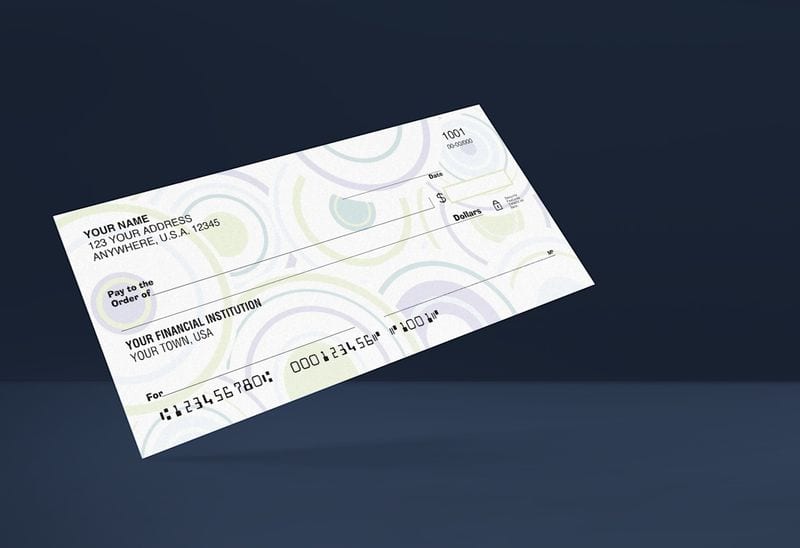
Checks, once a primary method of payment, are witnessing a steady decline as electronic transactions become the norm. Baby Boomers remember writing checks for everything from groceries to bills, but digital payments offer speed and convenience that checks can’t match.
With the rise of online banking, mobile payments, and digital wallets, the process of writing and mailing checks seems cumbersome. Younger generations prefer quick transactions and contactless options, resulting in checks becoming less common.
Despite remaining in use for certain transactions, the overall trajectory suggests a continued decline. Checks, once a staple of financial dealings, are gradually being phased out, making way for modern alternatives that align with the fast-paced digital world.
8. Cursive Writing

Cursive writing, once a hallmark of elegant penmanship, is slowly fading from the everyday landscape. For Baby Boomers, learning cursive was a rite of passage, but today’s educational focus is shifting towards typing skills and digital literacy.
While cursive writing is valued for its artistic quality and historical significance, its practical use is declining. Most communication now occurs through keyboards, with documents being typed and edited digitally. Younger generations may find cursive writing challenging or unnecessary.
Though some advocate for its preservation, the practicality of cursive in a digital age is being questioned. As handwritten communication becomes less frequent, cursive writing is becoming a skill appreciated more for its aesthetic value than its utility.
9. Typewriters

Typewriters, once the pinnacle of writing technology, are now largely obsolete, replaced by computers and word processors. Baby Boomers may remember the satisfying clack of keys and the need for correction tape, but these experiences are foreign to those raised with digital technology.
The efficiency and versatility of modern devices make typewriters impractical for most tasks. Word processors offer editing flexibility, spell-check, and connectivity, revolutionizing how we create documents. Typewriters, with their mechanical limitations, can’t compete.
Though some enthusiasts appreciate typewriters for their tactile experience and charm, their functional role has diminished. As society embraces digital solutions, typewriters are becoming cherished collectibles rather than everyday tools.
10. Film Cameras

Film cameras, once the standard for capturing moments, are gradually being replaced by digital photography. Baby Boomers remember the anticipation of developing film, but digital cameras and smartphones offer instant gratification and limitless storage.
The convenience of digital photography, with its immediate results and easy sharing, has transformed the way we capture and enjoy images. Film cameras require a level of patience and skill that many find unnecessary in a fast-paced digital world.
While film photography retains a niche appeal for its artistic quality, the practicality of digital solutions is undeniable. Film cameras, once essential for preserving memories, are becoming tools for hobbyists and artists rather than everyday use.
11. Drive-in Theaters
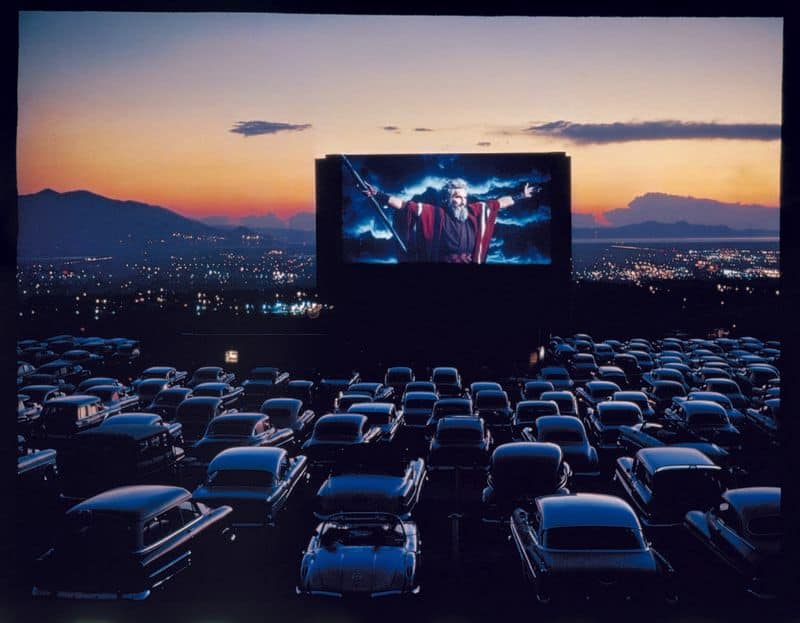
Drive-in theaters, once a beloved pastime for Baby Boomers, are facing decline as entertainment options evolve. The convenience of home streaming and modern multiplexes offers experiences that drive-ins struggle to match in today’s society.
Once a staple of American culture, drive-ins provided a unique blend of cinema and outdoor leisure. However, urban development and changing consumer preferences have contributed to their dwindling numbers. The charm of watching a movie from one’s car is replaced by the comfort of home viewing.
While some drive-ins continue to operate, they do so more as nostalgic experiences than mainstream venues. As entertainment habits shift, drive-in theaters are gradually fading away, leaving behind cherished memories of a bygone era.
12. Fax Machines
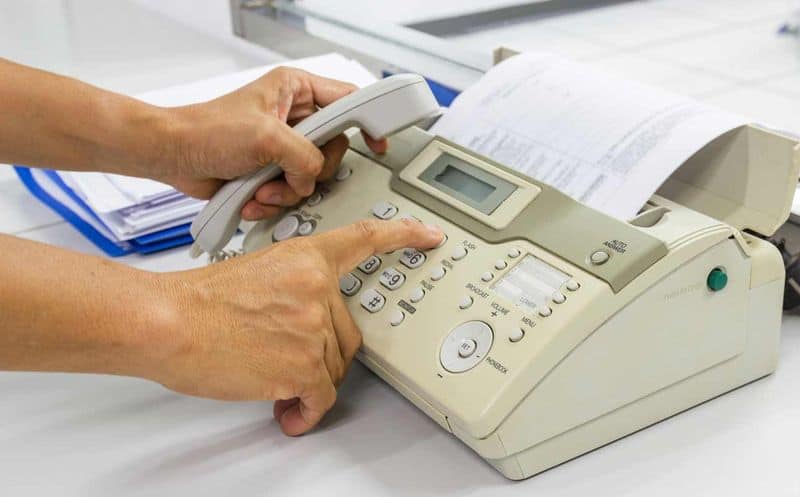
Fax machines, once a critical tool for business communication, are nearing obsolescence as digital communication takes over. Baby Boomers recall their ubiquity in offices, but email and cloud services now offer more efficient and versatile alternatives.
The cumbersome process of sending and receiving faxes is being replaced by instant communication methods. Digital files can be shared with ease, eliminating the need for paper-based transmission. The rapid pace of technological advancement has made fax machines increasingly redundant.
Though some industries still use fax machines for specific purposes, the overall trend is towards digital solutions. As workplaces evolve, fax machines are likely to become remnants of a less connected era.
13. Smoking in Public Places

Smoking in public places, once commonplace, is becoming a rarity as health awareness grows. Baby Boomers remember a time when smoking was socially accepted, but public health campaigns have shifted perceptions and regulations.
The decline of public smoking is driven by increased knowledge of health risks and the implementation of smoking bans. While older generations may recall smoking in restaurants and airplanes, these practices are now largely prohibited.
As society prioritizes health and well-being, smoking in public places is becoming a remnant of a different era. With ongoing efforts to reduce smoking rates, this practice is expected to continue its decline.
14. Record Stores
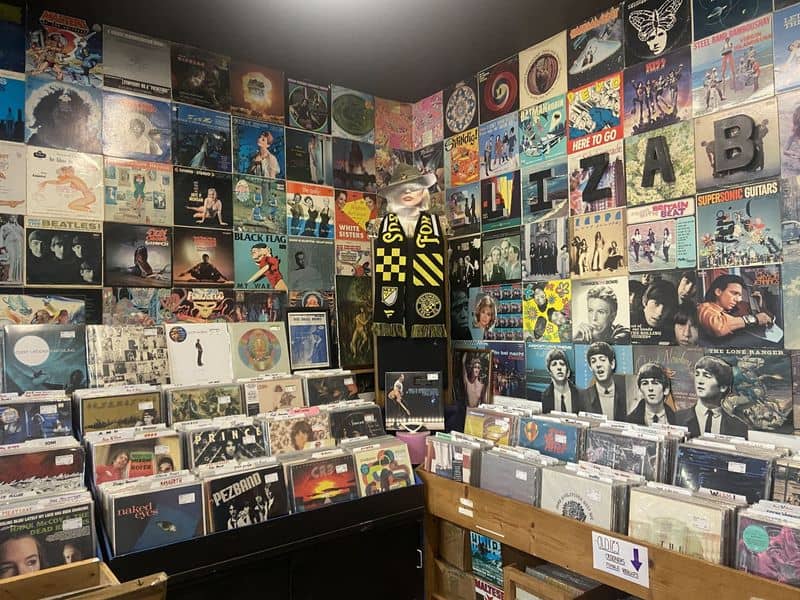
Record stores, once vibrant hubs for music lovers, are slowly fading as digital music consumption rises. Baby Boomers cherish memories of flipping through vinyl, but streaming services now offer convenience and vast catalogs at our fingertips.
While vinyl has seen a resurgence among collectors, the traditional record store struggles to compete with digital platforms. Younger generations seek instant access to music, making physical stores less relevant in the broader market.
Though some record stores persist, catering to niche audiences, the overall trend is towards digital consumption. As the music industry evolves, record stores are transitioning from mainstream venues to specialty shops for enthusiasts.
15. Rolodexes

Rolodexes, the once-essential office tool for managing contacts, are becoming obsolete in the digital age. Baby Boomers remember flipping through these rotating card files, but digital contact lists and CRM systems now offer more efficient solutions.
The transition to digital has revolutionized how we manage information. With smartphones and computers, contacts can be easily stored, updated, and accessed. Rolodexes, with their physical limitations, are no match for modern technology.
Though some may appreciate the tactile nature of a Rolodex, its practical use is fading. As offices increasingly adopt digital solutions, Rolodexes are becoming nostalgic relics of an analog era.
16. Manual Transmissions
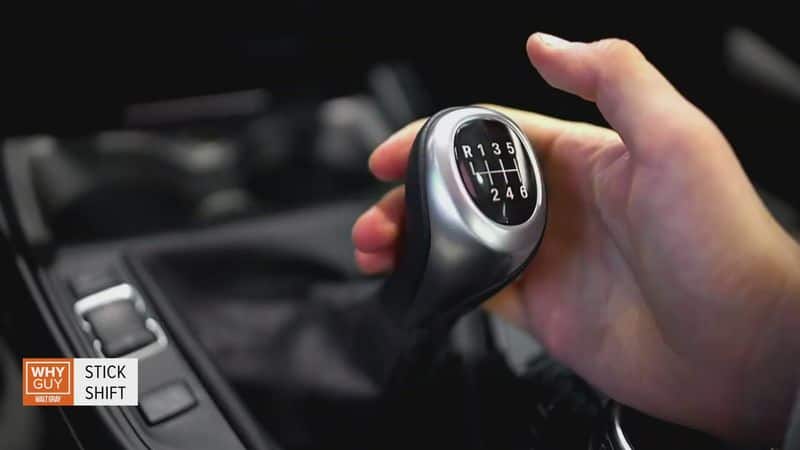
Manual transmissions, once the standard in automobiles, are declining as automatic vehicles become more prevalent. Baby Boomers fondly recall learning to drive stick, but the convenience of automatics is appealing to newer drivers.
The shift towards automatic transmissions reflects a desire for ease and efficiency. With advancements in technology, automatics offer improved fuel economy and performance. Younger generations, seeking convenience, often find manual driving unnecessary.
While some enthusiasts enjoy the control and engagement of manual driving, the broader market is moving towards automatics. As automotive technology evolves, manual transmissions are becoming more of a specialty feature than a standard option.

